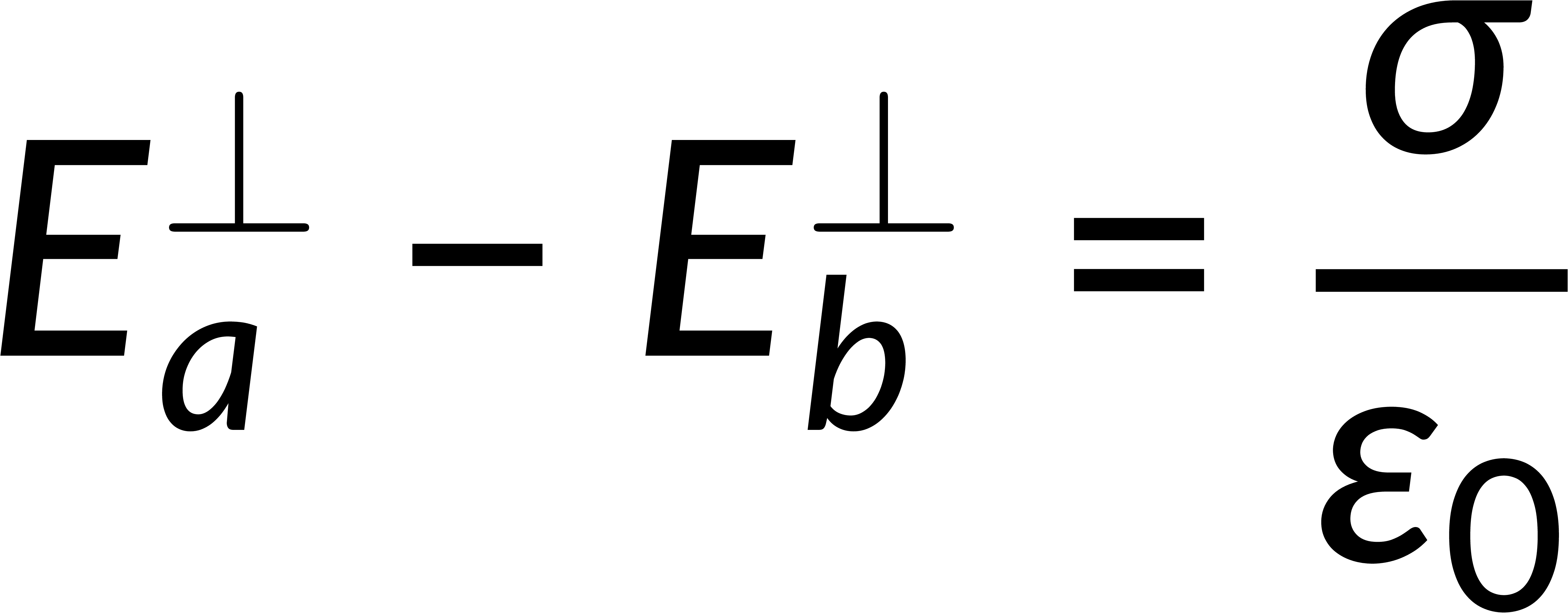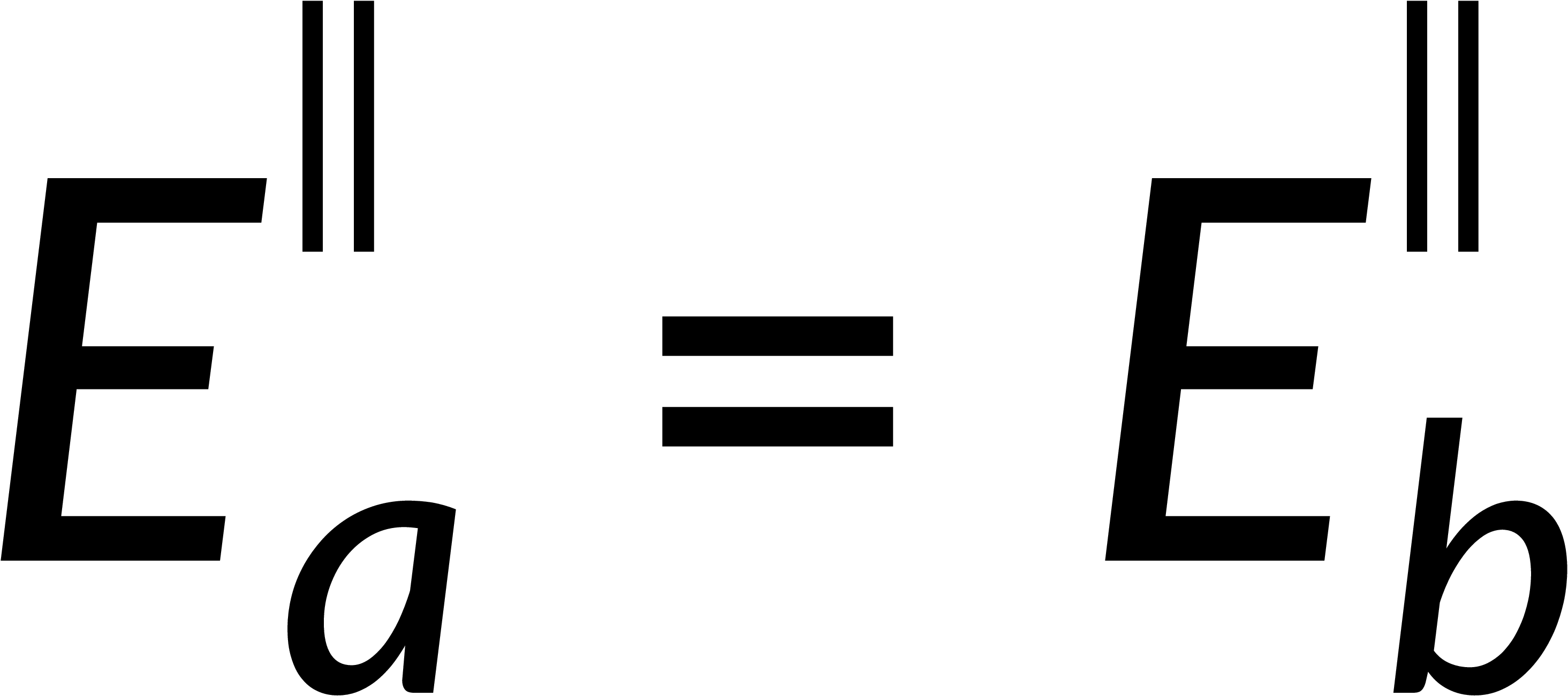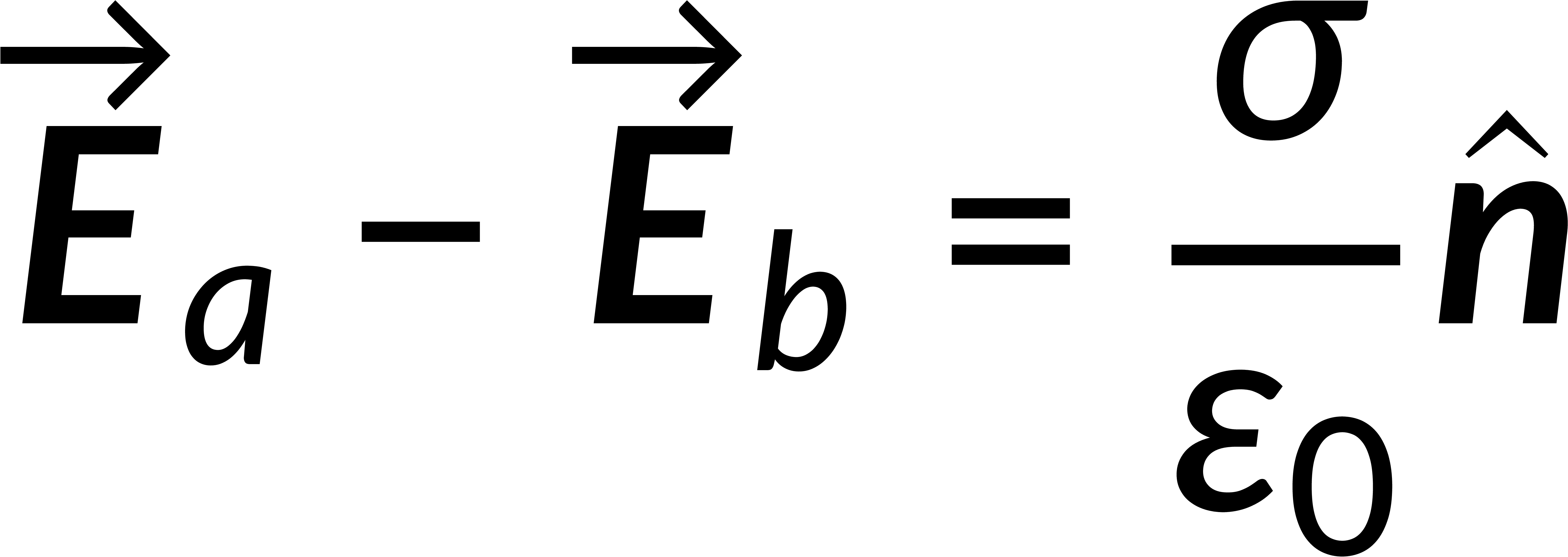24.14 : Electrostatic Boundary Conditions
Consider an external electric field propagating through a homogeneous medium. When the electric field crosses the surface boundary of the medium, it undergoes a discontinuity. The electric field can be resolved into normal and tangential components. The amount by which the field changes at any boundary is given by the difference between the field components above and below the surface boundary.
The surface integral of an electric field is given by Gauss's law in integral form and is related to the total enclosed charge. Consider a Gaussian pillbox on the surface boundary. The surface integral of the field is the sum of the integrals over all the surfaces of the pillbox. If the thickness of the pillbox tends to zero, then the surface integral includes only the contributions of the pillbox faces above and below the boundary. Solving this gives the discontinuity of the normal component of the electric field at any surface boundary.

To estimate the discontinuity of the tangential component, consider a loop on the surface boundary. The integration of the electric field over this closed path is zero. Breaking this into the contributions from four parts of the loop and applying the condition that the thickness of the loop tends to zero implies that the tangential component of the electric field is continuous across the boundary.

Combining the normal and tangential equations, the field at the boundary can be written by defining the unit vector perpendicular to the surface. It is known that the electric field is the negative gradient of the potential. The line integral of the field from below to above the boundary tends to zero, implying that the potential is continuous across any boundary.


Dal capitolo 24:

Now Playing
24.14 : Electrostatic Boundary Conditions
Electric Potential
421 Visualizzazioni

24.1 : Energia potenziale elettrica
Electric Potential
5.7K Visualizzazioni

24.2 : Energia potenziale elettrica in un campo elettrico uniforme
Electric Potential
4.6K Visualizzazioni

24.3 : Energia potenziale elettrica delle cariche a due punti
Electric Potential
4.5K Visualizzazioni

24.4 : Potenziale elettrico e differenza di potenziale
Electric Potential
4.4K Visualizzazioni

24.5 : Trovare il potenziale elettrico dal campo elettrico
Electric Potential
4.0K Visualizzazioni

24.6 : Calcoli del potenziale elettrico I
Electric Potential
1.9K Visualizzazioni

24.7 : Calcoli del potenziale elettrico II
Electric Potential
1.6K Visualizzazioni

24.8 : Superfici equipotenziali e linee di campo
Electric Potential
3.6K Visualizzazioni

24.9 : Superfici equipotenziali e conduttori
Electric Potential
3.3K Visualizzazioni

24.10 : Determinazione del campo elettrico dal potenziale elettrico
Electric Potential
4.4K Visualizzazioni

24.11 : Equazione di Poisson e Laplace
Electric Potential
2.6K Visualizzazioni

24.12 : Generatore di Van de Graaff
Electric Potential
1.7K Visualizzazioni

24.13 : Energia associata a una distribuzione di carica
Electric Potential
1.5K Visualizzazioni

24.15 : Secondo teorema di unicità
Electric Potential
980 Visualizzazioni